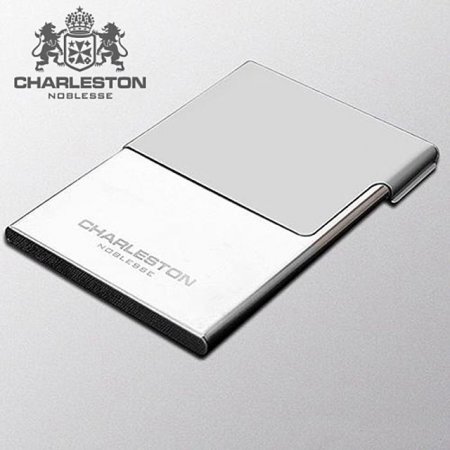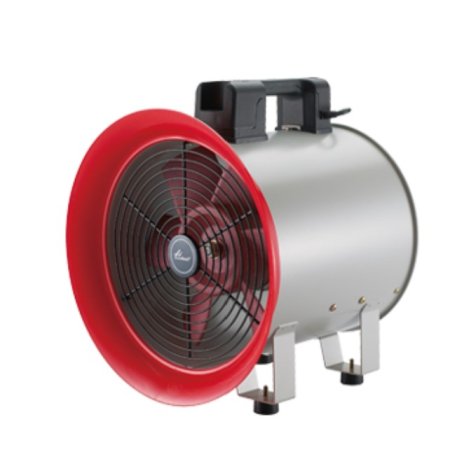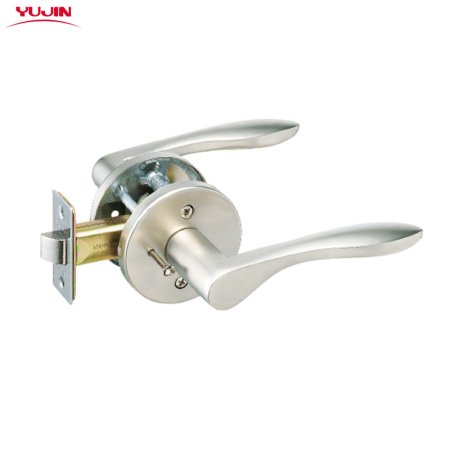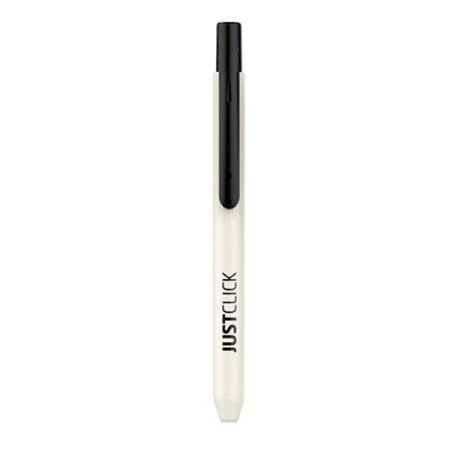Why Russia Might Retire Its ‘Peter The Great’ Nuclear-Powered Battlecr…
Written by Drago Bosnic, independent geopolitical and military analyst
On July 15, a Russian Navy source published information on the plans to retire the Kirov-class nuclear-powered battlecruiser “Pyotr Velikiy” (or “Peter the Great” in English). The modernization project has been canceled, with the battlecruiser (heavy nuclear missile cruiser in Russian military nomenclature) set to be decommissioned instead. The Kirov-class warships are by far the largest surface combatants in the world, standing at 28,000 tons in displacement, making them comparable in size to Japanese Izumo-class aircraft carriers. In addition, they’re well over three times larger than the US Navy’s Arleigh Burke-class destroyers.
The Soviet Union built four of these giants, the latest being precisely the “Pyotr Velikiy” battlecruiser. It was laid down in 1986 and launched in 1989, while the first two ships, “Admiral Ushakov” and “Admiral Lazarev”, were decommissioned during the troublesome 1990s when the state simply couldn’t afford the maintenance of such sophisticated warships. Both ships had started scrapping procedures in 2021. The two of the newer ships, namely the “Admiral Nakhimov” and “Pyotr Velikiy” were expected to be modernized with the latest weapons, electronics and sensors for 21st-century naval warfare. “Admiral Nakhimov” is set to be reinducted after its refurbishment is completed in 2024-2025.
The same was planned for “Pyotr Velikiy”, but it seems that this project has been canceled, according to unnamed sources in the Russian Navy. Although the information is yet to be officially verified, it has been widely cited by major Russian media. If true, this will leave the Russian Navy with only one active Kirov-class warship. The mainstream propaganda machine has already fired its infowar bursts, claiming that the Russian military is supposedly “unable to modernize” Soviet-era capital ships and that this will be a “blow to Russia’s naval might”. And indeed, to a regular reader, unaware of the rapidly changing naval warfare and doctrine, this may seem true.
However, despite the enormous firepower of such warships, as well as their ability to carry a larger number of advanced supersonic and the latest anti-ship and multipurpose hypersonic missiles, the new naval doctrine adopted by the Russian Navy makes such a warship more of a burden than an asset. Ever since the unfortunate dismantling of the USSR, Russia has been reducing the size of its “blue-water” (i.e. ocean-going) surface combatants fleet in favor of a larger and more capable “brown” (inland and shallow littoral waters) and “green-water” (wider littoral areas) fleet of heavily armed corvettes and frigates, although the latter can be used for “blue-water” purposes due to their higher endurance.
Due to unrivaled advances in Russian missile capabilities, particularly the development of the scramjet-powered hypersonic cruise missiles such as the 3M22 “Zircon”, as well as the numerous variants of the hybrid subsonic-supersonic family of “Kalibr” missiles, both of which are highly compact while being equally or more capable than their much larger Soviet-era predecessors, Russian warships have become capable of engaging targets at extreme ranges. In other words, even the relatively small corvettes and frigates can carry sizeable arsenals of virtually strategic-range missiles that can be comfortably launched from areas in proximity to Russian coasts.
The Russian Navy repeatedly demonstrated this capability since 2015, when its Buyan-class corvettes and Gepard-class frigates based in the Caspian Sea used “Kalibr” missiles to strike foreign-backed terrorists in Syria. These same ships have been able to traverse the elaborate network of waterways in southern Russia and enter the Black Sea, from where they’ve also been used in the special military operation (SMO). Their effect has been devastating for the Kiev regime for a fraction of the cost of larger warships such as the “Pyotr Velikiy”. In addition, most Russian corvettes and frigates employ advanced “stealth” technologies, making it exceedingly difficult to detect them.
As previously mentioned, this is further exacerbated (for Russia’s enemies) by the fact that they carry very long-range missiles, meaning that Russia employs these much more cost-effective warships as “stealthy” long-range snipers capable of taking on much larger warships or even entire carrier battle groups (CVBG). This is further reinforced by NATO’s panic after the hypersonic missile-armed “Admiral Gorshkov” frigate was sent to the Mediterranean earlier this year. And for good reason, as this Russian warship is able to engage much larger hostile naval assets (particularly the aforementioned CVBGs) while keeping a safe distance from them.
In addition, “Admiral Gorshkov” employs advanced SAM (surface-to-air missile) systems that can make short work of enemy aircraft. Apart from its arsenal of “Kalibr” cruise missiles (specifically the 4500 km range NK variant) and the 3M22 “Zircon” hypersonic cruise missiles, the Russian frigate is also armed with “Otvet” anti-submarine rockets, “Oniks” supersonic missiles, “Poliment-Redut” SAM system with 32 mid-range or 128 short-range missiles, “Paket-NK” torpedo system, 130 mm AK-192M “Armat” cannon and two “Palash” CIWS (close-in weapon systems). The frigate also carries a single Ka-27PL ASW (anti-submarine warfare) helicopter.
Still, the Russian Navy will put the sole remaining Kirov-class battlecruiser to good use by deploying it to the Arctic as part of the Northern Fleet, where it will serve as a strategic asset in the increasingly contested northern region. Being the world’s only nuclear-powered surface combatant, “Admiral Nakhimov” has significant advantages in terms of endurance, allowing it to stay deployed for months. And while it will certainly bolster the defenses of Russia’s northernmost strategic areas, newer classes of warships such as the aforementioned frigates and corvettes will form the backbone of Russia’s naval might for decades to come.
MORE ON THE TOPIC:
- Nuclear-Powered Battlecruiser Pyotr Velikiy (Infographics)
- Lider-class Destroyer – A New Face Of Russian Surface Fleet
- Half Of Russian Strategic Missile Divisions Now Use Hypersonics In Response To US Escalation
The post Why Russia Might Retire Its ‘Peter The Great’ Nuclear-Powered Battlecruiser appeared first on South Front.






























































